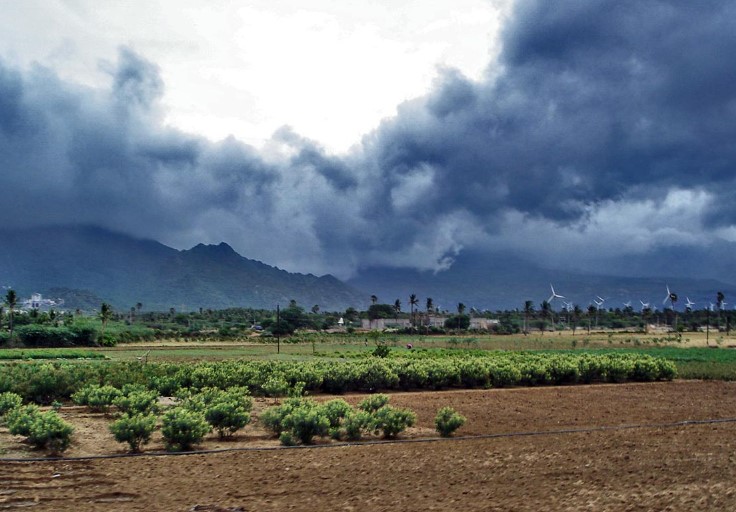Context:
The Indian Meteorological Department (IMD) forecasts India to get Above-Normal rainfall during the upcoming June-September southwest monsoon season.
More on the news
- IMD predicted, this above normal seasonal rainfall was “very likely” over most parts of the country except in some areas over northwest, east and northeast India, where below normal rainfall was “very likely.
- This is the first time, after a gap of eight years, that the IMD has forecast “above normal” rains in the country.
- The forecast should be a cause of cheer, especially for agriculture and a time when 35.7 percent area in the country was under ‘abnormal’ to ‘exceptional’ degrees of drought, with different parts facing water shortages.
- Seasonal rainfall over the country as a whole is likely to be 106 percent of Long Period Average (LPA) with a model error of ± 5 per cent.
- The LPA of the season rainfall over the country as a whole is 87 cm based on data of 1971-2020.
- Data from 1951 to 2023 shows India experienced above-normal monsoon rainfall on nine occasions when La Nina followed an El Nino event.
- The last time India’s official weather forecaster issued an “above normal” rainfall prediction was in 2016, which came after two consecutive drought years.
- India receives 70-90 per cent of its annual rainfall in the four months of June-September.


Key Factors Influencing The Monsoon Forecast
- Retreat of El Nino.
- Favourable La Nina conditions.
- Positive Indian Ocean Dipole (IOD).
- Reduced snow cover in the Northern Hemisphere.
La Nina
- The warming phase of the El Nino Southern Oscillation (ENSO) cycle is known as El Nino and its cooling phase as La Nina.
- La Nina causes drought in the South American countries, heavy floods in Australia, high temperatures in Western Pacific, Indian Ocean, off the Somalian coast and a comparatively better monsoon rains in India.
Indian Ocean Dipole
- It is a climate pattern affecting the Indian Ocean. During a positive phase, warm waters are pushed to the Western part of the Indian Ocean, while cold deep waters are brought up to the surface in the Eastern Indian Ocean. This pattern is reversed during the negative phase of the IOD.


